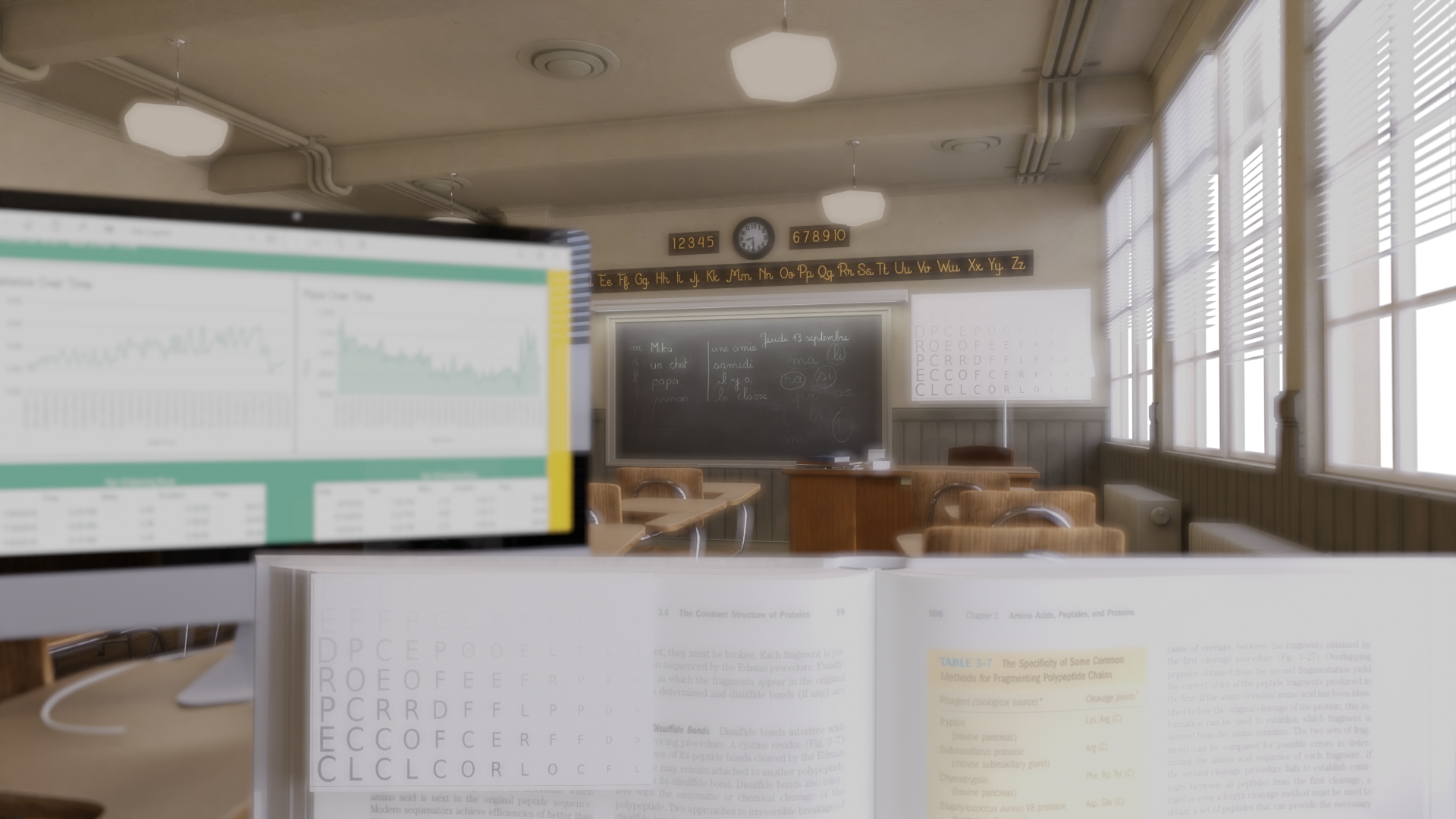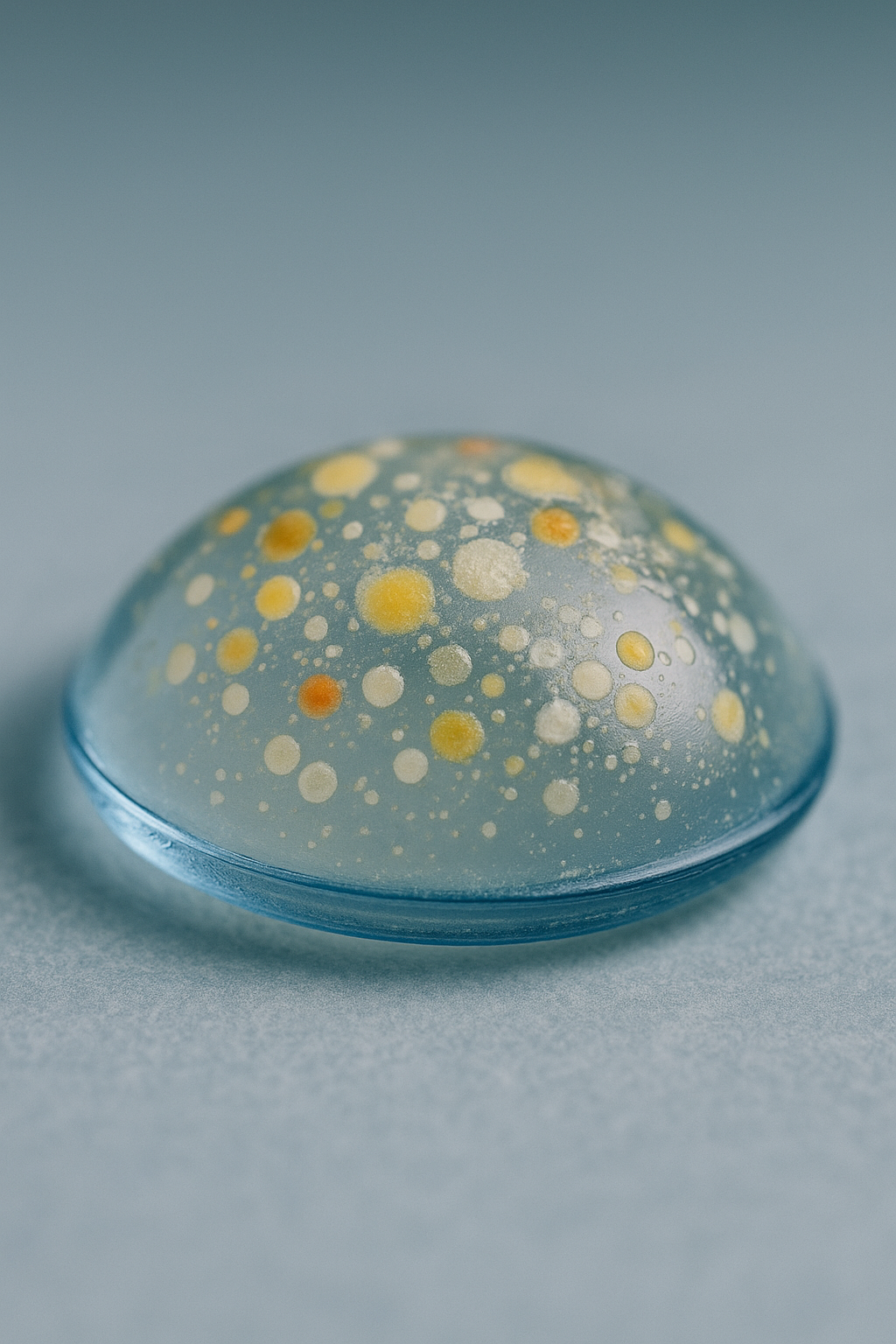A cool trick to show people how bad your eyesight is
Disclaimer, this only works for nearsighted prescriptions and although you can have astigmatism in your prescription this trick won’t be able to accurately capture the directional blur astigmatism induces. In the vast majority of nearsighted prescriptions this won’t be an issue, but for people with only astigmatism or very high amounts of astigmatism (>-1.75ds) this method won’t generate accurate results. You will know if you’re nearsighted if you a) can’t see great far away without your glasses, b) have a prescription with a negative number (such as -5.00) or c) your glasses have lenses with thicker edges and a thinner middle.
So without further ado, if you are dying to show your friends and loved ones how truly bad your vision is without your glasses (termed uncorrected vision) and really let them know what its like for you to wake up in the middle night and attempt to safely navigate your way to the washroom, than grab your smartphone and follow along.
Step 1: Open your camera app and point your phone at some target far away (anything 6ft or further should work fine).
Step 2: Using your other hand, take your glasses off and press the camera lens flush up against the inside of your glasses lens, essentially forcing your camera to “look through” you glasses.
Step 3: Press and hold on the camera screen until the yellow “AE/AF LOCK” button show up (these steps are for iPhone, but Android will be similar). Unfortunately, the “AE/AF LOCK” button will pop up at the top of the screen, making it tough to press while still holding your phone and the glasses. But you’ll figure it out. Once you do, press it.
Step 4: Put your glasses back on and start taking pictures.
The AE/AF LOCK button shows up on iOS after a long press on the screen. It also shows up in a really awkward spot at the top of the screen making it tough to press one-handed.
Although nothing may seemed to have happened once you pressed the AE/AF LOCK button, in reality you’ve temporarily locked your cameras auto-focus into a fixed position. And it just so happens that this fixed position is the exact same focus (or lack of focus) that your actual eye demonstrates without glasses. You have essentially made your camera dependent on your glasses to “see” clearly, just like you! You can now take some photos of things at different distances to show others. Try photographing things not only far away but also stuff up close too. Depending on your prescription you’ll notice photos of things up close are much clearer than far away targets, just like nearsighted you. You actually don’t even have to take photos but simply look at the viewfinder on the camera app as you move the phone around to show those around you a real-time simulation of your uncorrected vision. Once you are done playing around, simply exit the app to reset the the auto-focus back to its default setting.
An interesting demonstration was trialing this on various lenses until I found a lens that made a person barely legal to drive without glasses. Figure 1 is the uncorrected vision of a person who should be wearing -1.25D glasses. The bottom line of letters is barely legible to this person (as an aside, to get credit for correctly reading a row letters on an eyechart a minimum of 3 of the 5 letters need to be identified accurately. In this case, it kind of looks like its E, something, N, something, H). So how good (or bad) does this person see when driving down the road without their glasses? Utilizing a driving vision simulator in the clinic, we can show just that in Figure 2a, and contrast that to optimal driving vision in Figure 2b. Depending on your screen size you may need to press on the images to enlarge them to truly appreciate the differences. But since -1.25D is still consider legal driving, it shouldn’t be a huge surprise that their uncorrected vision is still somewhat similar to perfect eyesight.
Cool, right? Utilizing different lenses and tools found in the clinic, I can say that this creates a very accurate simulation for prescriptions between -0.50D up to -10.00D, but starts to fail on prescriptions higher than this.
Figure 1: Vision on an eyechart of an uncorrected -1.25D person. The bottom line is termed 20/50 vision, and the correct answer is E,G,N,D,H.
Figure 2a: Driving vision in a person who is still legal to drive without glasses…barely.
Figure 2b: Driving vision in a person who doesn’t need glasses.
For a more drastic example, Figure 3 shows an uncorrected -10.00D person viewing the same eyechart as above. As you can see, its pretty much completely blank, except for a small smudge of black in the middle. Figure 4 shows the same street scene, once again through the eyes of an uncorrected -10.00D myope.
Figure 3a: A -10.00D uncorrected myope viewing the 20/70, 20/60 and 20/50 line on the eyechart. You’ll have to take my word on that.
Figure 3b: A very blurry street scene as viewed by the uncorrected -10.00D person.
It’s a simple trick, but surprisingly powerful. We often use it to help patients (especially parents) understand just how much clarity glasses can provide, particularly for kids in the classroom. Want to see this demonstrated using our proprietary vision testing system? Book an eye exam at Calgary Vision Centre, downtown Calgary’s go-to clinic for high-tech, personalized eye care.
Dr. Robert Burke is an optometrist, technophile, and innovator passionate about blending next-generation technology with patient care. At Calgary Vision Centre, he pioneers advanced diagnostic tools and customized vision solutions for Calgary’s professionals. When he’s not perfecting sight, he’s diving deep into the latest tech, exploring how innovation can reshape eye care.




























